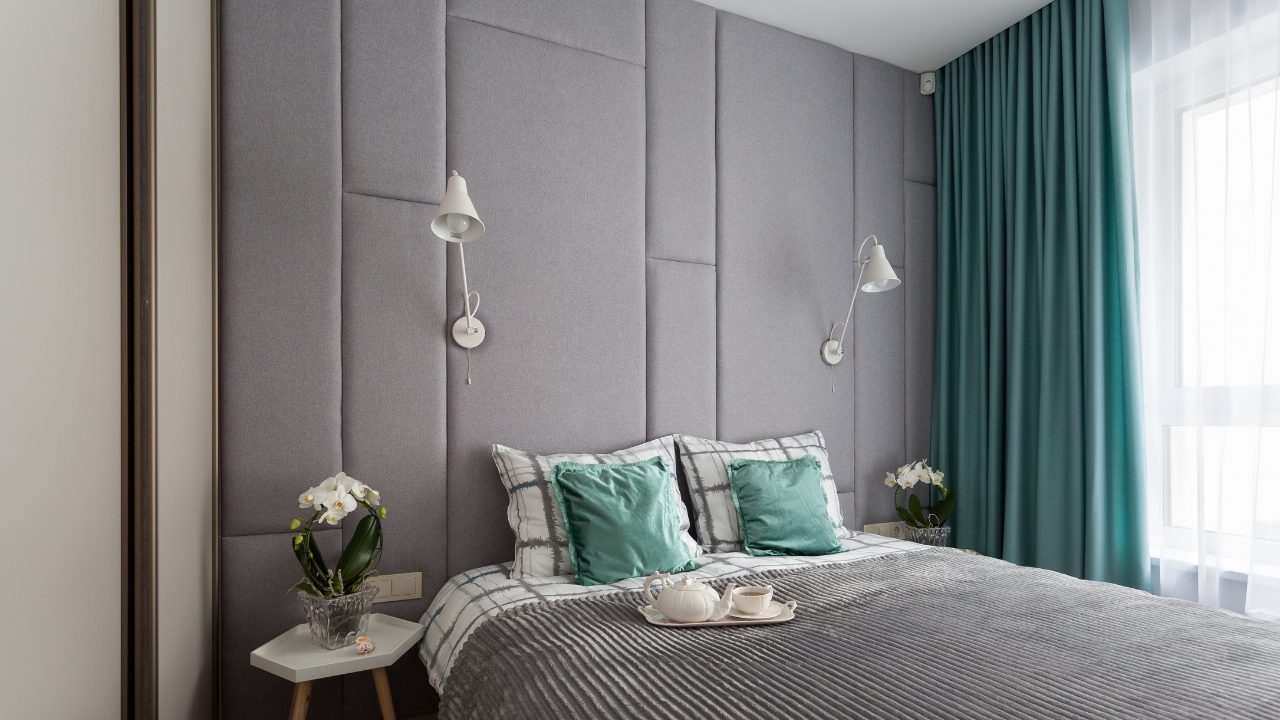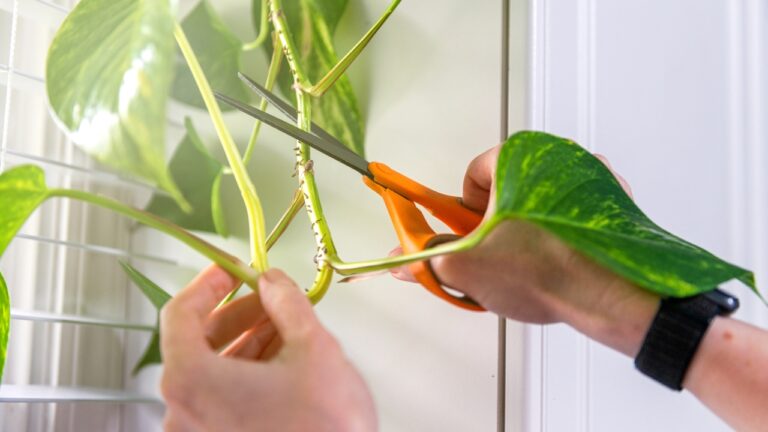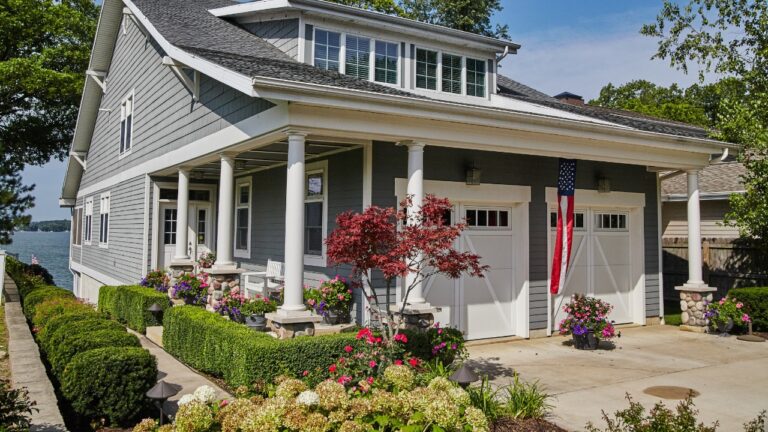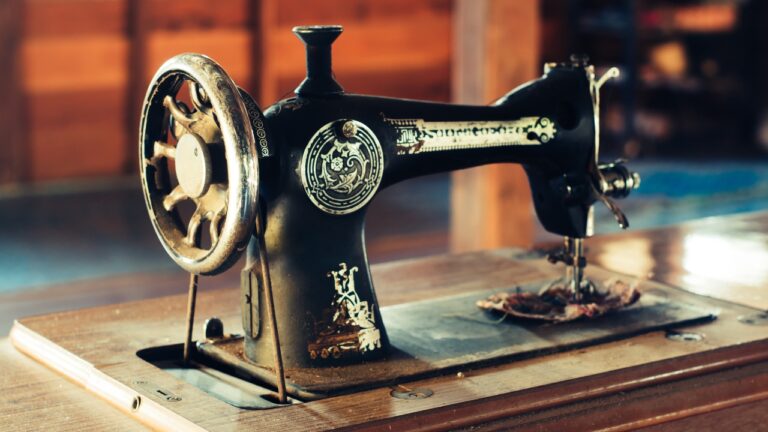Why celebrities are covering their walls with fabric again
Wall-to-wall fabric might sound like something out of an old estate, but it’s making a comeback—and celebrities are leading the way. Designers for stars like Gwyneth Paltrow, Kendall Jenner, and even the Beckham family have been turning away from paint and wallpaper in favor of upholstered or draped walls.
The look feels high-end, but there’s more to it than appearances. Fabric-covered walls actually change the way a room feels, sounds, and functions—and they’re not as out of reach as you might think.
Fabric changes the way a room sounds
One reason celebrities love fabric walls is because they absorb sound instead of bouncing it around. Big homes with high ceilings tend to echo, especially when they’re filled with hard surfaces like stone or glass. A layer of fabric fixes that. It softens acoustics instantly, making rooms feel quieter and cozier without having to install anything mechanical or expensive.
You can get a similar effect at home. Even if you don’t want to upholster entire walls, hanging large panels of linen or velvet behind a bed or along one wall can tone down noise and make the space feel more comfortable.
It makes lighting look softer and warmer
Painted walls reflect light sharply, which can make a room feel harsh under certain bulbs. Fabric diffuses it, spreading warmth across the space. Designers love this for celebrity homes because it looks flattering on camera and in person—it gives the room a glow that can’t be achieved with paint alone.
In your home, you can get a similar effect with fabric wall hangings or stretched panels. Natural fabrics like cotton, linen, or wool tend to reflect light softly, helping the room feel warmer and more inviting even under cool-toned bulbs.
Fabric adds depth that paint and wallpaper can’t

Flat walls can sometimes make a room feel unfinished, especially in larger spaces. Fabric adds texture and dimension that tricks the eye into seeing the room as richer and more layered. That’s why celebrity designers use it in formal spaces like sitting rooms and bedrooms—it looks elegant, but it also hides imperfections in older walls.
If you want to try it, start small. A fabric-covered accent wall or removable fabric wallpaper gives you that same texture without a major investment. Even a few upholstered panels can make a standard wall feel high-end.
It hides flaws and insulation issues
In luxury design, fabric wall coverings often serve a practical purpose: they hide uneven plaster, outdated paneling, or even soundproofing layers behind the scenes. Celebrities love that it delivers a finished, tailored look while solving problems underneath.
For regular homes, this trick can help with similar issues. If your walls have cracks, dents, or old seams that never paint evenly, fabric can hide them. It also adds a little insulation—thin foam or batting under the fabric keeps the room warmer in winter and cooler in summer.
It brings back a sense of comfort and privacy
Modern interiors have leaned so hard toward minimalism that many homes feel cold or echoey. Fabric walls do the opposite—they make a space feel enclosed and comfortable, like it’s wrapping around you. That sense of softness and privacy is a big reason designers are turning back to the look, especially in bedrooms, libraries, and media rooms.
You can create that same feeling without redoing your walls entirely. Try large-scale drapery that runs floor to ceiling, even across walls without windows. It creates the same enveloping effect while giving you the option to change the color or texture seasonally.
You can do it affordably with the right materials

Celebrity homes may use silk or velvet, but you don’t need designer fabric to get the same effect. Cotton duck, linen, or even drop cloths can be stapled, stretched, or clipped to create a polished, fabric-covered wall on a budget.
If you’re renting or want something temporary, removable fabric wallpaper or stretched canvas panels are great alternatives. The trick is keeping the material tight, neat, and consistent across the surface so it looks intentional instead of improvised.
The trend is less about luxury and more about feel
Fabric-covered walls might look glamorous, but their appeal comes down to comfort and function. They quiet a room, soften the lighting, and make large spaces feel intimate—all things that designers are prioritizing again.
The reason this old design idea is resurfacing is simple: homes are meant to feel lived in. And sometimes, a little texture and warmth go a long way toward making that happen—without needing celebrity-level budgets or designers to pull it off.
Like Fix It Homestead’s content? Be sure to follow us.
- I made Joanna Gaines’s Friendsgiving casserole and here is what I would keep
- Pump Shotguns That Jam the Moment You Actually Need Them
- The First 5 Things Guests Notice About Your Living Room at Christmas
- What Caliber Works Best for Groundhogs, Armadillos, and Other Digging Pests?
- Rifles worth keeping by the back door on any rural property
*This article was developed with AI-powered tools and has been carefully reviewed by our editors.







